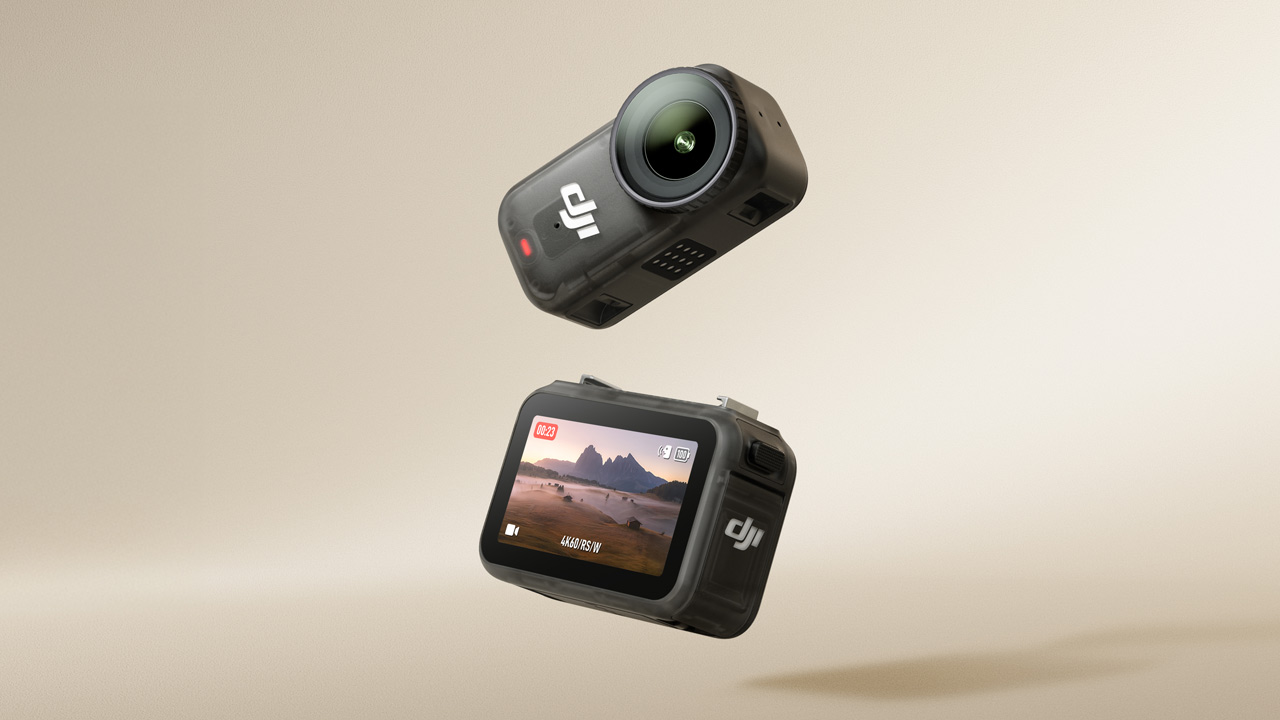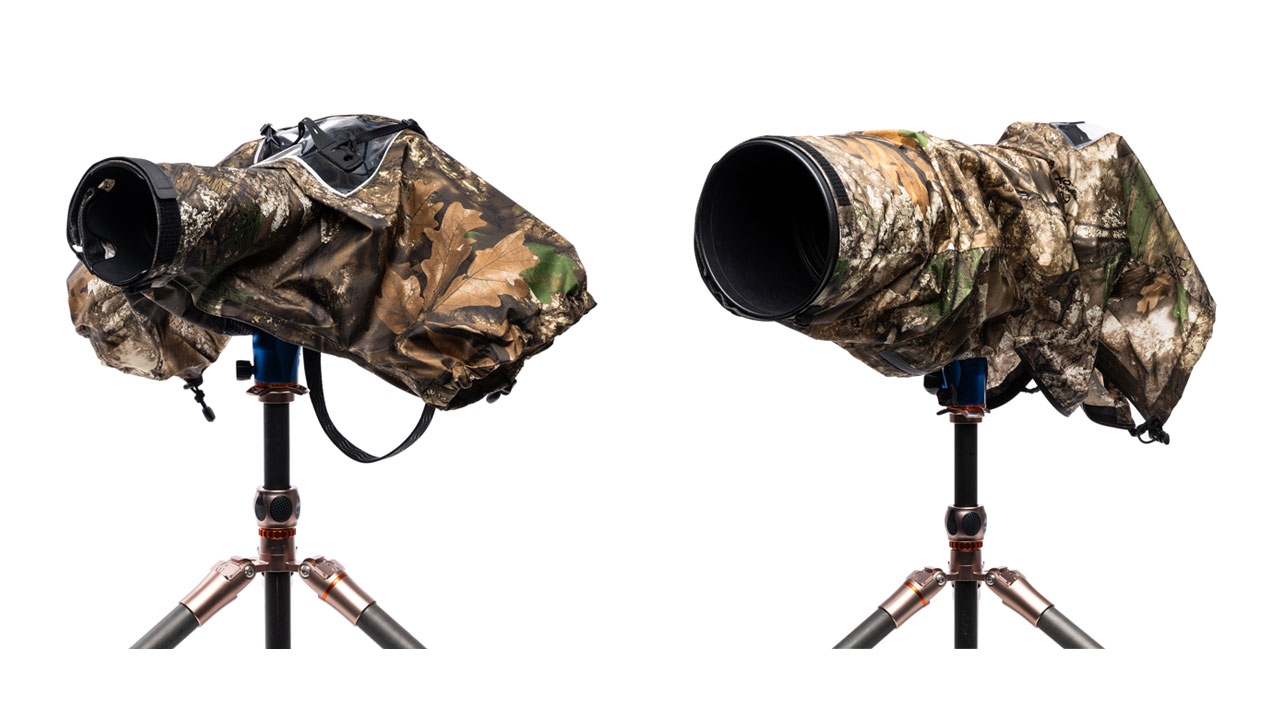![Mechanical SLR Edition Nikon F Photomic [Nikon Genealogy] Vol.02](https://jp.static.pronews.com/pronewscore/wp-content/uploads/2023/12/Nikonkeifu_NikonFPhotomic_01-2.jpg)
Built-in exposure meter – Nikon F Photomic Expanding Nikon’s Roots
As mentioned in Volume 1, the Nikon F article, if the 1950s was an era of technological innovation in single-lens reflex cameras, the 1960s could be said to be the era of built-in exposure meters linked to single-lens reflex cameras. By the 1960s, lens-shutter cameras were increasingly equipped with built-in light meters, and some cameras were even equipped with automatic exposure (AE). However, many rangefinder cameras and single-lens reflex cameras that use focal plane shutters still use external shutters, making it difficult to incorporate them into the camera.
One of the reasons for this is the ammeter, which uses a pointer to indicate the output value of the exposure meter. The windings and bearings are quite delicate so that they can sway even with the slightest current in the light-receiving element, and there were concerns about accidents such as damage due to impact or breakage due to corrosion of the windings. Is it okay to use such delicate parts in a high-end camera such as a single-lens reflex camera? Therefore, it seems that many manufacturers were hesitant about the built-in parts.
Another reason is the issue of photometry range. For exposure meters using selenium photocells, the lower limit of metering was around Ev5-6 at ISO100, which was also not satisfactory for a high-end camera. At dusk, when the brightness is delicate, it’s tempting to rely on the exposure meter, but at those critical moments, the exposure meter ends up falling outside the metering range.
Then came the CdS photodetector. Although it requires a battery as a power source, the small area of the photoreceptor allows it to measure light even in the darkest areas than ever before. The Pentax S3 (1961) was one of the first single-lens reflex cameras to adopt CdS as an external linked exposure meter, and the Minolta SR-7 (1962) had a built-in CdS exposure meter. Both are single-linked, linked only to the shutter dial. It can be said that the introduction of CdS, a highly sensitive and compact photodetector, has given momentum to the use of built-in exposure meters in single-lens reflex cameras.
The trick of photomic format
Under such circumstances, Nikon also moved to incorporate a CdS exposure meter. Nikon was the first manufacturer in the world to incorporate a CdS photodetector into a camera with the 8mm movie camera Nikolex 8 (1960). It’s no surprise that they were proactive about incorporating CdS exposure meters into still SLR cameras. However, the problem of the fragility of the ammeter as mentioned above remains. The trick he came up with was the “photomic format.”
Originally, the pentaprism part of the viewfinder of the Nikon F was replaceable. The waist-level finder of single-lens reflex cameras had a reversed left-right image, and pentaprisms were introduced in places where it was difficult to use, and their popularity gained momentum. There are also cases. For this reason, there were some single-lens reflex cameras that had a replaceable pentaprism section that could be used as a waist-level finder, and the Nikon F was one of them. Nikon took advantage of this by incorporating a CdS exposure meter into the replacement viewfinder.
An interchangeable viewfinder with a pentaprism and an eyepiece is equipped with a CdS light receiving element, an ammeter, and a mechanism for linking the shutter dial and aperture. By attaching this photomic finder to the Nikon F body, you can create CdS that works in both directions. It can be transformed into a camera with a built-in exposure meter. Moreover, if something goes wrong with the exposure meter, you can always go back to using a Nikon F without an exposure meter by replacing the pentaprism part. Rumor has it that “Photomic” is a coined word that combines “Photometer” and “Automatic”.
How is it different from an external light meter?
Depending on how you think about it, some people may think that it would have been better to just change the selenium photocell to CdS while using an external exposure meter Nikon meter instead of using a replacement viewfinder. To convert to an exposure meter linked device, if you use the photomic format, you will also need to replace the finder system, such as the pentaprism and eyepiece. Instead of having to replace the viewfinder, wouldn’t it be better to just put it over the pentameter like the external light meter on the Pentax S3 or SV? Why did they even change the pentaprism to add the linked exposure meter function?
The reason for this is probably the exposure meter display. When setting the exposure using an external linked light meter, you must take your eyes off the viewfinder and look at the meter needle displayed on the outside of the camera body. On the other hand, at that time, it was common for lens-shutter cameras to guide the meter pointer into the viewfinder optical system and adjust the exposure while looking through the viewfinder. Naturally, it would be more convenient to be able to check the pointer in the viewfinder even with a single-lens reflex camera, so in order to achieve this function, it was necessary to house the exposure meter mechanism and the viewfinder optical system in the same housing.
With this in mind, we searched and found that there are very few examples of SLR cameras with focal plane shutters that allow the user to see the pointer of the built-in external light meter in the viewfinder. This applies to Zeiss Ikon’s Contarex, Miranda Automex, and Petriflex 7, all of which are models that are linked to both shutter speed and aperture. Most of the other ones are single-linked, linked only to the shutter speed, so the display in the viewfinder probably doesn’t make much sense considering the operating procedure.
In any case, the decision to replace the finder optical system and exposure meter all at once proved very useful in the era of TTL metering.
Battery and Power Switches
To use the CdS as the photodetector, a battery was needed, so we had to store two mercury batteries inside the photomic viewfinder, which made it a bit bulky. A power switch was installed to avoid consuming power when not in use, but early models had a black plate covering the CdS light receiving surface instead of a switch.
It is sometimes called a “branch type” because it moves in and out of the light-receiving surface in a shape similar to the arms found at railroad crossings. A CdS is connected in series to the exposure meter circuit, and the resistance of the CdS is several megohms in dark places, so if it is covered, the current consumption becomes negligible. However, perhaps because they thought that it would cause users’ anxiety if they did not turn off the power completely, they soon changed the switch to a small button that they pressed.

Acceptance converter
The photomic finder’s exposure meter is external light type, so the acceptance angle does not change even if you change the lens. The nominal acceptance angle is 70°, which is roughly equivalent to the angle of view of a 28mm lens. When using a telephoto lens with a narrow angle of view, a wide acceptance angle can cause errors, so an accessory called an “acceptance converter” was prepared to narrow the acceptance angle. Although it has a fancy name, it is just a tube, and when attached to the light receiving section, the light receiving angle is 18°, which is equivalent to the angle of view of a 135mm lens. The amount of light on the light-receiving surface decreases accordingly. Therefore, the user would be shifting the film sensitivity setting. When not in use, it was to be stored by screwing it into the battery cover.

The nikonNikon F Photomic as a vital part of Nikon’s Roots
From around this time, exposure control for single-lens reflex cameras was progressing at a dizzying pace, but Nikon caught up with this by improving the photomic viewfinder without making any changes to the camera body itself. This was carried over to the Nikon F2, but strangely, no rival manufacturer had done the same thing. Although there were manufacturers such as Miranda and Minolta that incorporated exposure meters into their replaceable viewfinders, Nikon’s flagship models were the only ones that continued to do so on a one-off basis and systematically over a long period of time.
Eventually, as technological innovation in exposure control systems subsided, the photomic system also came to an end. As a result, the flagship model’s viewfinder exchange function was omitted from the Nikon F6. By this time, the original purpose of the finder exchange function, such as replacing it with a waist-level finder, could be replaced by other functions such as the angle finder, and its value began to diminish.
Originally written in Japanese by Kenji Toyota|Profile
Mr. Toyota was born in Tokyo in 1947. He worked for Nikon Corporation for more than 30 years, designing single-lens reflex cameras and working in electronic imaging. He will then teach as a part-time lecturer at the Department of Photography, College of Art, Nihon University until 2021. Current positions include Fellow and Auditor of the Photographic Society of Japan, Cooperating Committee member of the Japan Opto-Mechatronics Association, and judge of Japan Camera Museum’s “Japanese Historical Cameras.” He has written many books, including “Toyoken Sensei’s Camera Mechanism Course (Nippon Camera Company)” and “Cousins of the Nikon Family (Asahi Sonorama).”













